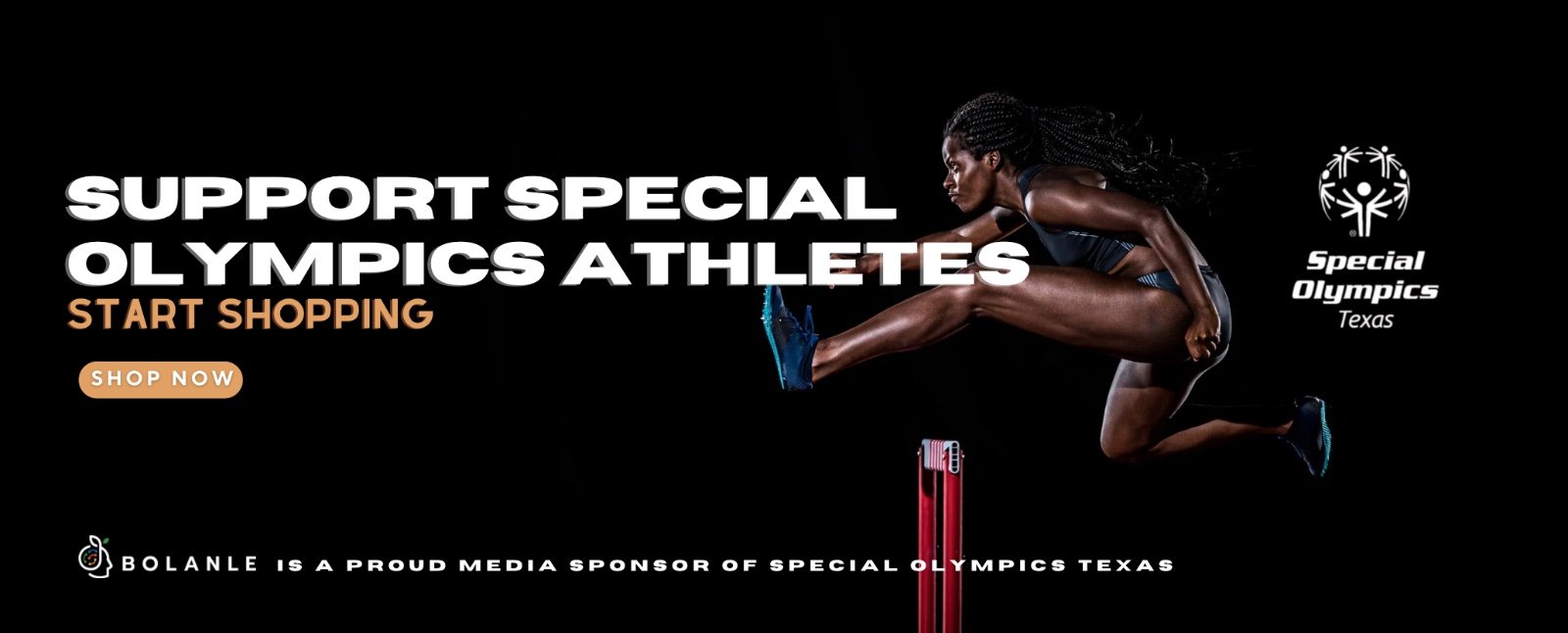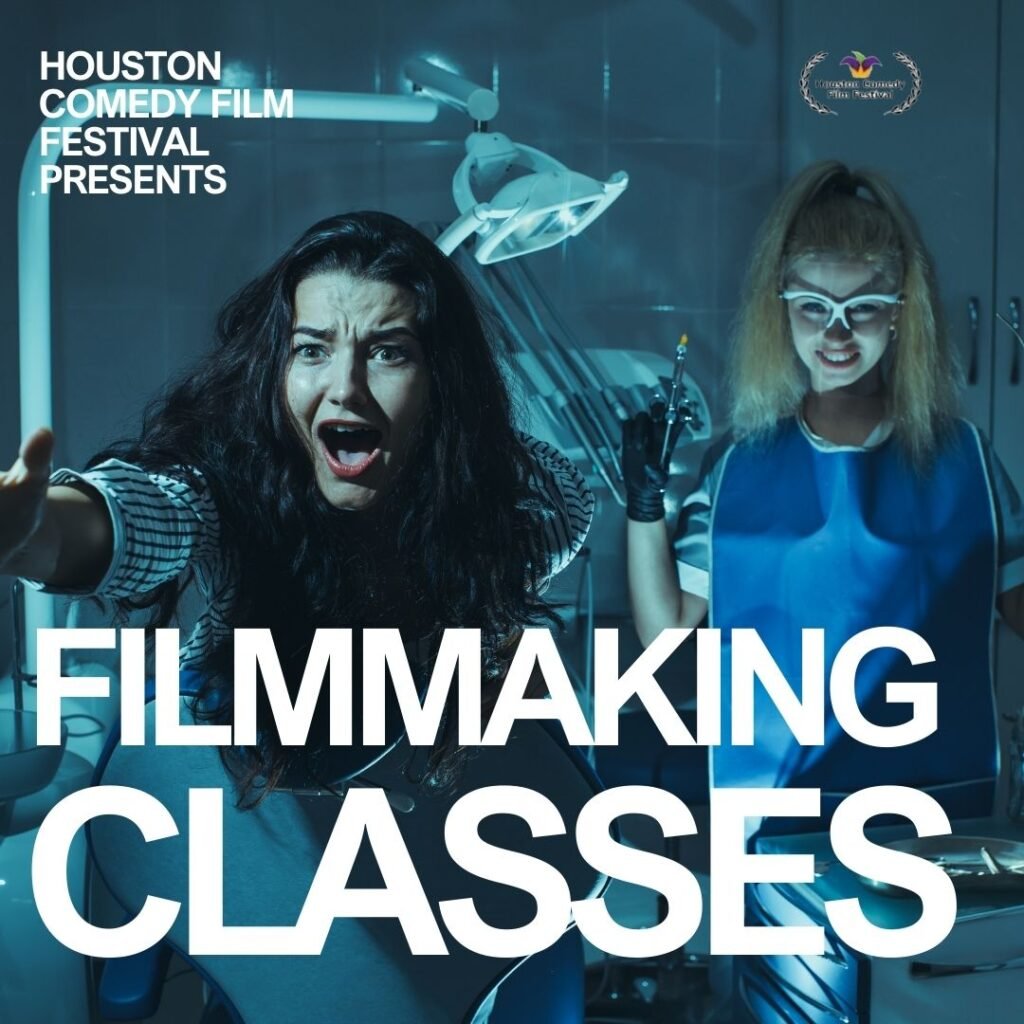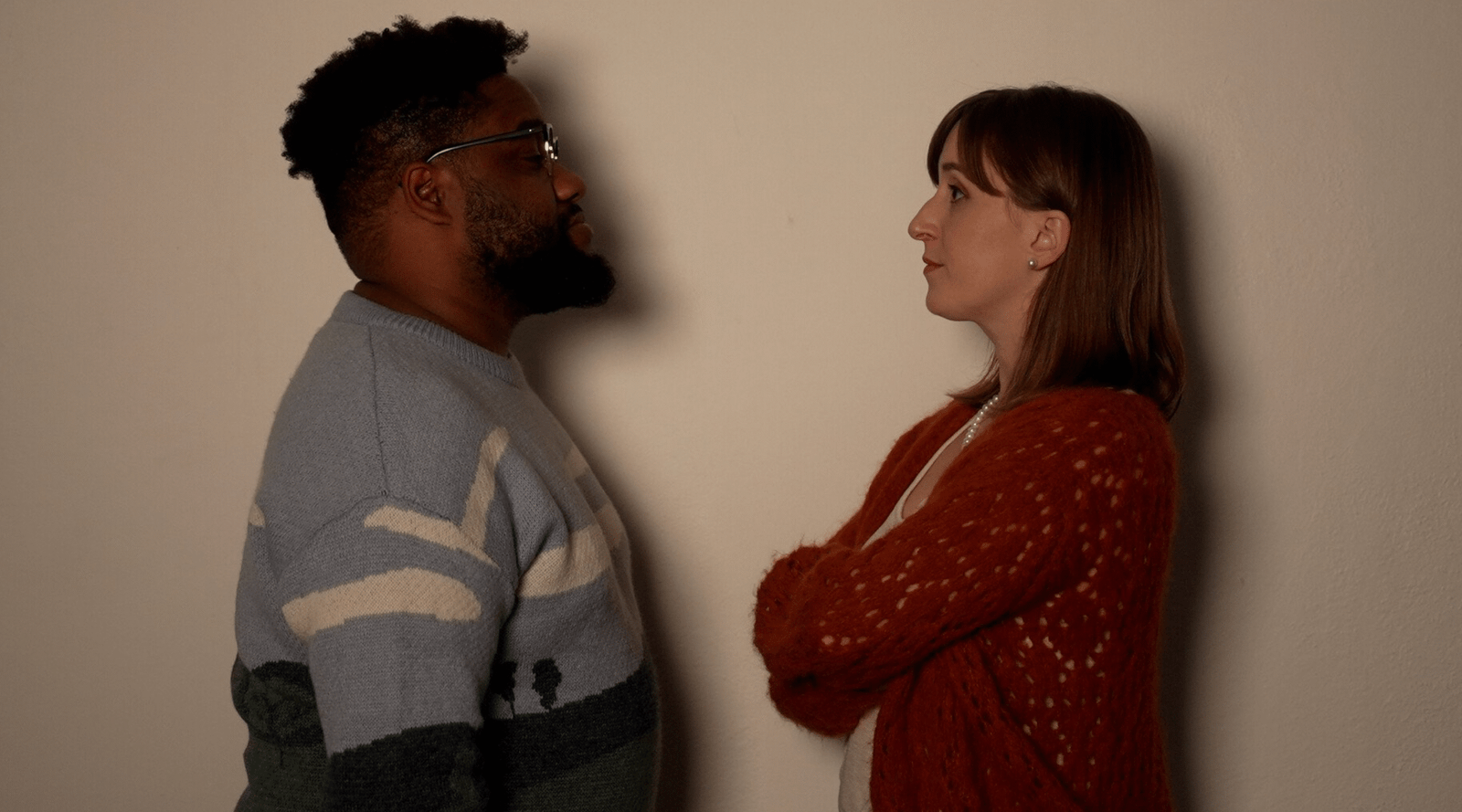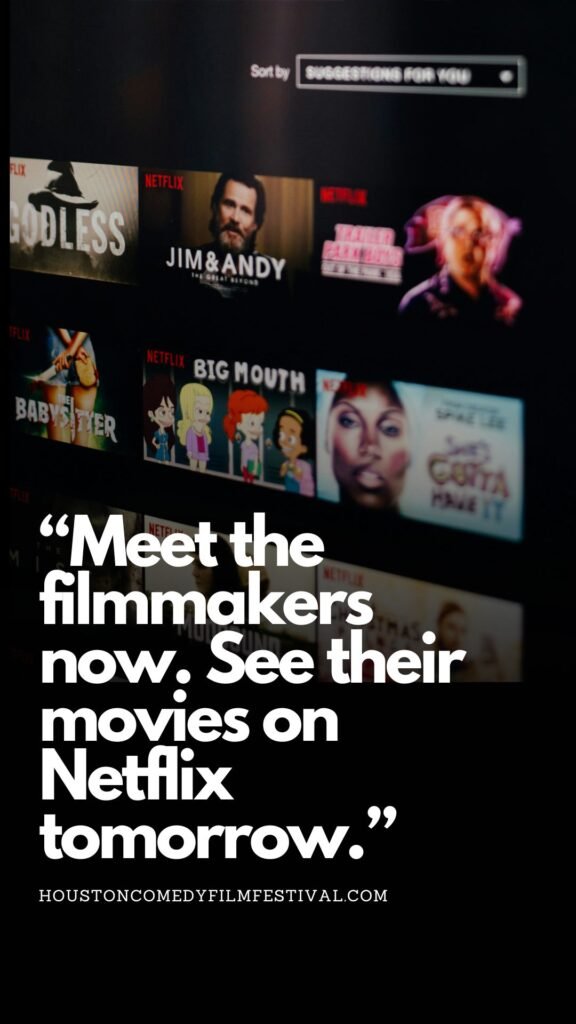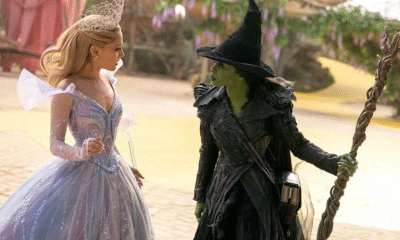Entertainment
Why 8K Might Be Ruining Modern Cinema
We live in an age obsessed with bigger, better, and more. In filmmaking, this often translates to a relentless pursuit of higher resolution. 4K, 6K, 8K, 12K – the numbers keep climbing, promising unparalleled detail and flexibility. But is this pursuit of resolution truly advancing cinema, or is it leading us down a path of creative compromise? After 20 years in the trenches, I’ve come to believe the latter.
Let’s dive into the controversial topic of high-resolution filming, specifically 8K and beyond. Filmmakers now have the option to shoot their films in resolutions so high that most viewers will never even experience the full potential on their screens. Yet, many jump at the chance, seduced by the apparent advantages.
The Seductive Allure of 8K:
Shooting in 8K offers the promise of incredible flexibility in post-production. Imagine filming in 8K and mastering in 4K: you gain the ability to zoom in up to 200% on any shot and create a close-up from a medium shot. Master in 2K or 1080p? You can crop in 400% and turn that 8K medium shot into an extreme close-up. It sounds like magic! High resolutions can also supposedly simplify VFX work, providing more data and detail for keying green screens or tracking facial expressions.
The Harsh Reality: A Resolution Revolution or Regression?
But before you rush out to buy the latest 8K camera, consider the dark side of high resolution:
- Massive File Sizes & Storage Nightmares: 8K footage devours storage space. We’re not just talking about a slight increase; we’re talking about exponentially larger files. And remember, you need backups – at least one failsafe drive, and ideally two for best practices. Suddenly, your independent film is drowning in data management, and your budget is evaporating on hard drives. Archiving years’ worth of 8K footage becomes a logistical and financial nightmare.
- Post-Production Paralysis: While you can create low-resolution proxies for editing, VFX and color grading demand the full-resolution media. That requires a beast of a computer, specialist editors, and eye-watering render times. How many colorists even have an 8K monitor? You’re potentially looking at renting expensive equipment and paying hourly rates for processing power that will make your head spin.
- The Reframing Rabbit Hole: This is perhaps the most insidious problem. The ability to reframe every shot in post-production becomes a curse. In the days of celluloid, you were largely stuck with what you shot. Now, you’ll find yourself endlessly tweaking compositions, second-guessing on-set decisions, and losing countless hours trying to perfect every single frame. “I’ve opened up Pandora’s Box no shot is safe”. The post-production process goes slower, becomes more tedious, and much less fun.
- Creative Complacency: The Death of Intentionality: When you know you can “fix it in post,” you become less committed to framing and composition on set. Instead of making bold choices, you shoot everything wide, hoping to figure it out later. The artistry of filmmaking suffers. Instead of making specific, directed choices you shoot everything wide and hope you figure it out later. This is why so much modern cinema sucks.
The Disease of Modern Cinema:
We are losing that human thought and premeditation of every moment of the film. The magic of filmmaking lies in capturing pieces of time from a specific point of view and assembling them into something greater than the sum of their parts. It ruins the fun when every single shot becomes Play-Doh to be molded into whatever shape you later decide it should be.
Learning from Film:
This is why I got into photography by using film. Digital photography had never interested me even a little bit. You can take a digital camera and shoot a photo a thousand times for free, reviewing it immediately after snapping every single photo. This means consequences for a bad photograph. Film is more intentional. Each picture becomes something so much more than just hoed data; it’s an intentional choice with thought behind it and Stakes baked in.
The Bottom Line:
Don’t let the resolution race blind you. Focus on crafting a compelling story, capturing great performances, and making intentional choices on set. Embrace limitations, prioritize creativity over technical wizardry, and remember that a well-crafted film in 2K or 4K will always be more impactful than a poorly executed film in 8K. High resolution is not a substitute for vision. The answer is making a statement with your film, make it loud. Make the audience understand that you stood behind your choices.
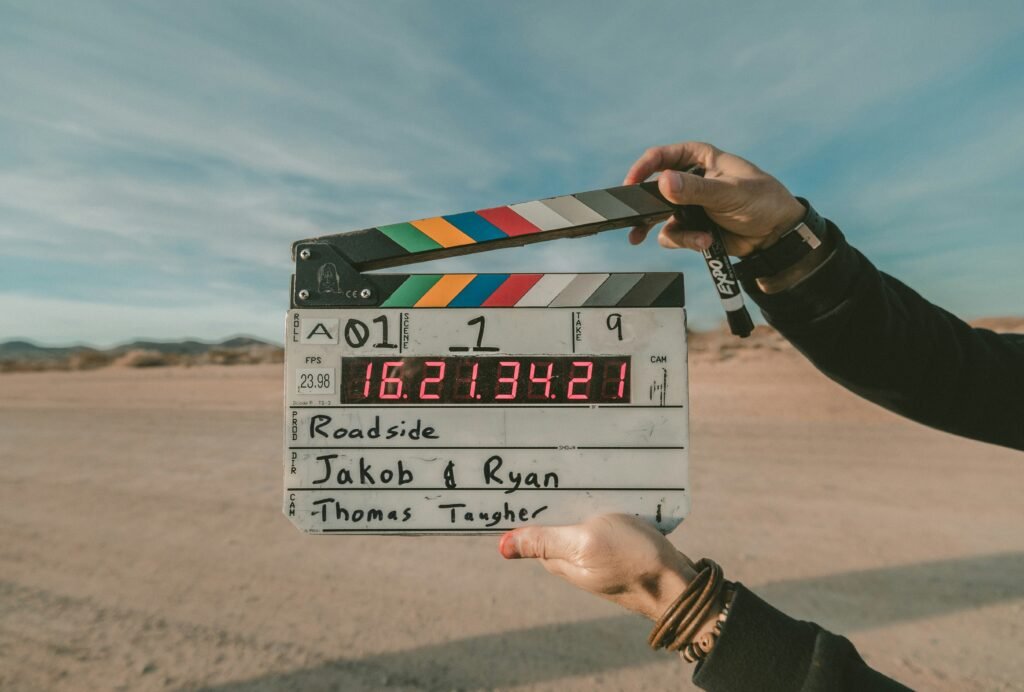
Is 8K ruining modern cinema? Perhaps not single-handedly. But its allure, and the mindset it fosters, is contributing to a loss of intentionality and artistry in filmmaking. It’s time to step back from the resolution race and rediscover the power of creative constraints.

Bolanle Media covers a wide range of topics, including film, technology, and culture. Our team creates easy-to-understand articles and news pieces that keep readers informed about the latest trends and events. If you’re looking for press coverage or want to share your story with a wider audience, we’d love to hear from you! Contact us today to discuss how we can help bring your news to life
Entertainment
Miley Cyrus Is Engaged to Maxx Morando

Miley Cyrus is officially off the market: the pop superstar is engaged to musician Maxx Morando after four years together, and the speculation about “that ring” has finally been put to rest. The engagement caps a quietly steady relationship that has unfolded mostly out of the spotlight, marking a new chapter for Miley after years of highly public romances.
Engagement finally confirmed
Reports from major entertainment outlets confirm that Cyrus and Morando are engaged following her recent red-carpet appearance in Los Angeles.
Observers noticed a new diamond ring on her left-hand ring finger, and sources close to the singer have since confirmed that the jewelry is indeed an engagement ring. The news comes after days of online buzz and fan speculation, which began almost as soon as photos from the event hit social media.
The love story with Maxx Morando
Maxx Morando is a drummer and musician who has performed with bands like The Regrettes and has also worked as a producer and collaborator behind the scenes. He and Miley were first linked in late 2021, reportedly after meeting through mutual friends and hitting it off on a low-key first date that eventually grew into a long-term relationship. The pair have kept things relatively private, appearing together at select fashion shows, award events, and premieres rather than turning their romance into constant social-media content.
That very on-trend engagement ring
The ring that set the internet on fire features a cushion-cut diamond set on a chunky yellow gold band, a bold, fashion-forward design that fits Cyrus’s eclectic style. The piece is reported to be by designer Jacquie Aiche, whose jewelry is frequently worn by celebrities and known for mixing bohemian influences with luxury materials. Commentators note that the thick band and substantial stone are in line with the current trend toward statement engagement rings that feel modern and personal rather than traditional and dainty.
Fans react to Miley’s new chapter
Longtime fans who have watched Miley grow from Disney Channel star to Grammy-winning artist see this engagement as another milestone in her evolution. On social platforms, many have highlighted how different this relationship feels compared with her past, pointing to the couple’s low-key approach and shared creative interests as signs of a more grounded partnership. Others are already speculating about wedding plans, guest lists, and whether the singer might channel her “Flowers” era energy into a bridal look that breaks all the rules.
What this means for Miley’s image
Cyrus has spent the last few years redefining herself musically and personally, from the success of “Flowers” to acclaimed live performances and a more polished public image. This engagement to Morando reinforces that arc, presenting her as an artist who has found balance between rebellion and stability, independence and partnership. While no wedding details have been announced yet, the announcement alone ensures Miley and Maxx will remain at the center of pop culture conversations for months to come.
Entertainment
Mariah Carey’s One Holiday Hit Pays her $3.3 Million a Year

Mariah Carey did not just land a Christmas hit; she locked in a seasonal paycheck for life. Every year, All I Want for Christmas Is You is estimated to pull in somewhere between 2.5 and 3.3 million dollars in royalties, from streaming, radio, licensing, and all those store playlists that flip her on the second the Halloween decorations come down. Over three decades, that adds up to tens of millions tied to a single song, turning one holiday anthem into a textbook example of how a perfectly timed pop track can become a retirement plan in glitter.
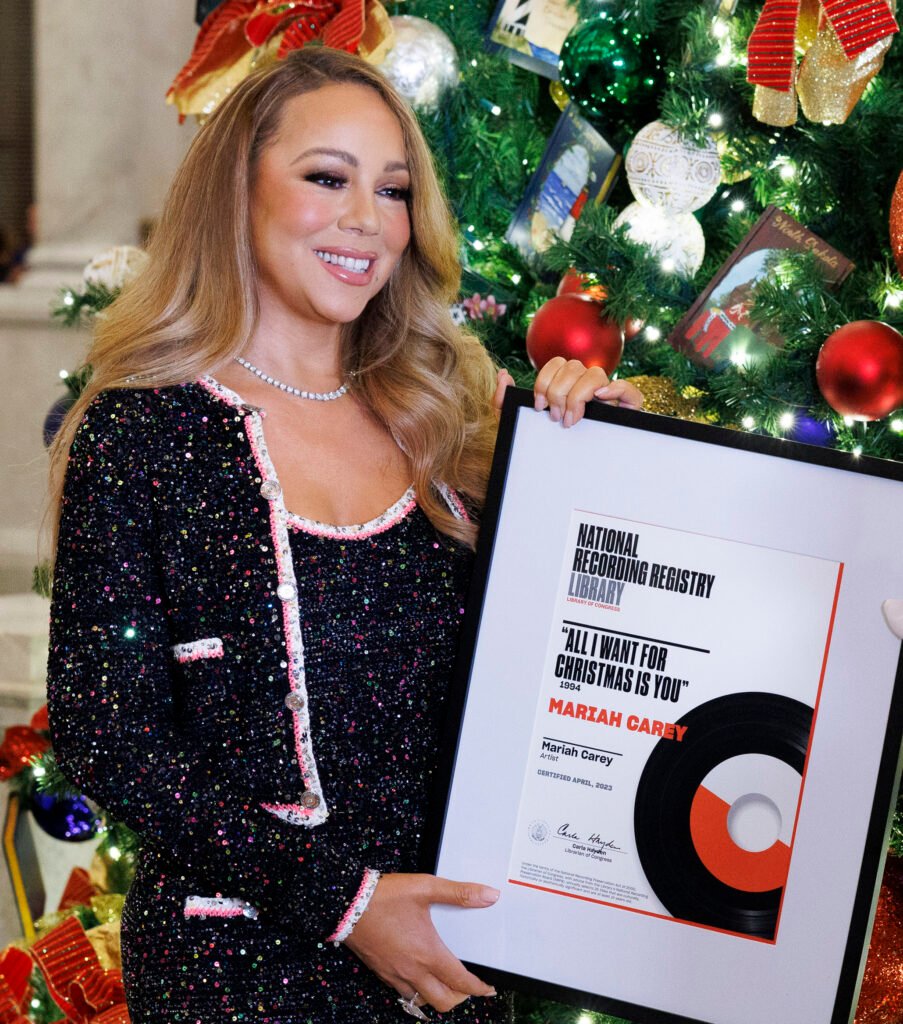
What keeps it so sticky is how audiences respond to it emotionally. Fans describe the song as an instant mood-lifter: the kind of track that makes people abandon their carts in Target, sing in the dairy aisle, or scream the chorus in the car like a full-blown music video moment.
People love the mix of old-school Motown-style production, sleigh bells, and Mariah’s big, joyful vocals—it feels nostalgic without sounding dated, and romantic without being corny to most listeners.
For a lot of millennials and Gen Z, hearing that opening piano riff is the unofficial signal that the holidays have “officially started.”
Of course, the obsession is loud enough that the backlash is, too—but even the complaints prove its impact. Some listeners say they are tired of hearing it everywhere, from October onward, but that is partly because it dominates every Christmas playlist, radio rotation, and TikTok trend. Whether people are passionately belting it out or dramatically rolling their eyes, the engagement keeps the streams flowing—and the royalties stacking. Love it or hate it, All I Want for Christmas Is You has become the soundtrack to December, and Mariah collects a festive multimillion-dollar “thank you” every single year.
Entertainment
How The Grinch Became The Richest Christmas Movie Ever

The Grinch didn’t just steal Christmas—he stole the box office. The 2018 animated film The Grinch turned holiday chaos into serious cash, grossing around $540 million worldwide on a modest $75 million budget, making it the highest‑grossing Christmas movie of all time. That is more than seven times its production cost, which is the kind of holiday return every studio dreams about.

Meanwhile, the 2000 live‑action How the Grinch Stole Christmas with Jim Carrey laid the groundwork for this green empire. That version pulled in roughly $345–347 million worldwide on a $123 million budget, turning a prickly Dr. Seuss villain into a perennial box‑office player and a meme‑ready holiday icon. The nostalgia around Carrey’s performance is a big part of why audiences were ready to show up again almost two decades later.
The Money Behind The Mayhem
The 2018 film did not just earn big—it earned smart.
It opened to more than $$67 million domestically in its first weekend and kept playing steadily through November and December, ultimately pulling in about $272 million in the U.S. and roughly $267 million internationally.
Then there is the profit. Trade estimates peg the film’s net profit in the neighborhood of nearly $185 million once theatrical revenue, home entertainment, and TV/streaming deals are baked in. That is before counting years of reruns, licensing, and holiday programming packages—every December, the Grinch gets another quiet deposit while everyone else is wrapping gifts.
Grinch vs. Everyone: Who’s Really On Top?
Here is how the Grinch stacks up against other Christmas heavyweights by worldwide box office:
| Film | Year | Worldwide Gross (approx.) | Notes |
|---|---|---|---|
| The Grinch (animated) | 2018 | $510–540 million | Highest‑grossing Christmas movie ever |
| Home Alone | 1990 | ~$476 million | Longtime champ, now second place |
| How the Grinch Stole Christmas (live‑action) | 2000 | ~$345–347 million | Built the modern Grinch brand |
| The Polar Express | 2004 | ~$315 million | Holiday staple, trails both Grinch movies |
Different sources list slightly different totals, but they all agree: the 2018 Grinch sits at the top of the Christmas money mountain.
Why The Grinch Keeps Printing Money
The secret sauce is that the Grinch is more than a movie—he is a business model. Every version of this character hits a different emotional lane: Jim Carrey’s 2000 Grinch is pure chaotic energy and quotable nostalgia, while the 2018 Grinch is softer, cuter, and perfectly engineered for modern families and global audiences. Together, they keep the character relevant across generations, which is exactly what studios want from an evergreen holiday IP.
On top of box office and home sales, the character feeds theme‑park attractions, holiday events, branded specials, apparel, toys, and seasonal marketing campaigns. The Grinch went from “I hate Christmas” to “I own Christmas,” quietly turning grouchiness into one of the most profitable holiday brands on the planet.

 Entertainment4 days ago
Entertainment4 days agoWicked Sequel Disappoints Fans: Audience Verdict on For Good

 Entertainment3 weeks ago
Entertainment3 weeks agoAfter Party: Festival Winner for Best Romantic Short

 News3 weeks ago
News3 weeks agoCamp Wackapoo – Rise of Glog Takes Center Stage

 News2 weeks ago
News2 weeks agoYolanda Adams Questions Traditional Views on God’s Gender, Audience Reacts

 Entertainment3 weeks ago
Entertainment3 weeks agoFrancisco Ramos Takes Top Mockumentary Award at Houston Comedy Film Festival

 Politics3 weeks ago
Politics3 weeks agoTrump’s $2,000 Tariff Dividend Plan: Who Gets Paid?

 Politics4 weeks ago
Politics4 weeks agoMamdani’s Victory Triggers Nationwide Concern Over New York’s Future

 Film Production3 weeks ago
Film Production3 weeks agoWhy China’s 2-Minute Micro Dramas Are Poised To Take Over The U.S.

